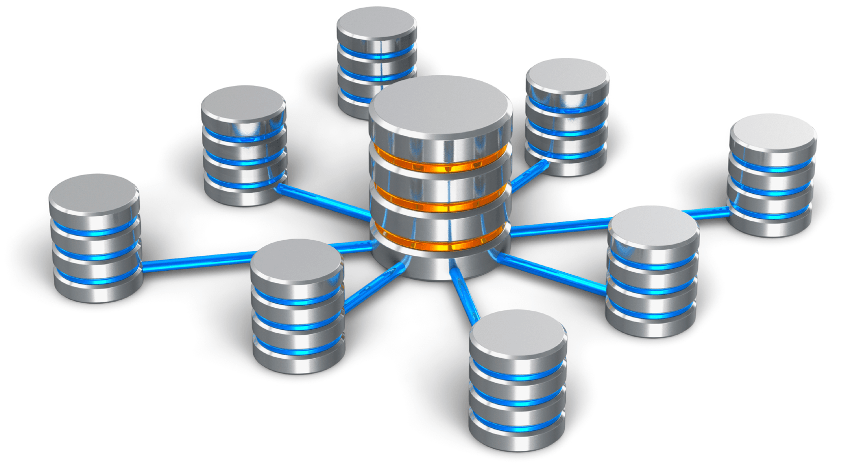Have you ever wondered what is going on with those new Shard databases in Sitecore 9? This is the new xDB! The new Shard Manager stores data based on the contact ID. A contact ID is a GUID identifier that is unique for each contact. It looks something like this:
B9814105-1F45-E611-82E6-34E6D7117DCB
The xDB scales out by splitting these contacts across the various shards based on their contact identifier. A 16-byte hash of the GUID is used and assigned to each shard to ensure distribution.
Default Sharding
To simplify, we’ll use 4-digit numbers in our demonstration instead of the Hex hashes of the GUIDs. Let’s assume a default xDB installation with 2 shards:

In this scenario, a Contact with a hash ID of 3333 would be stored in Shard 1, and a Contact with hash ID of 6666 would be stored in Shard 2.
Adding more shards
If we want to handle more data, we could scale out the xDB to 4 shards:

In this scenario, the Contact with hash ID 3333 would be stored now in Shard 2, and the Contact with hash ID 6666 would be stored in Shard 3.
The Shard Map Manager
The application layer gets all the information it needs from the Shard Map Manager. The map manager tells the application which shard to load, and where that shard is.
This means that you could split your shards across different database servers to give you better horizontal scaling. Shards 1 and 2 might be on Database Server A and Shards 3 and 4 may be on a separate Database Server B.
All of this gives you great control over how you can scale your xDB data store using built-in SQL Server technology!

Leave a comment